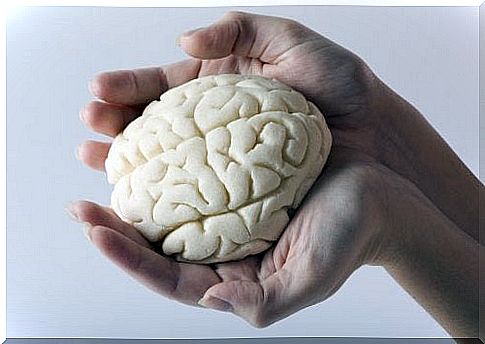Bovine Spongiform Encephalopathy Or Mad Cow Syndrome
Bovine spongiform encephalopathy, also called mad cow syndrome, is a neurodegenerative disease caused by prions that affects cattle.
The first case detected took place in England in 1986, however, it was not until the mid-1990s when the boom of this disease exploded , when the first infections to humans appeared.
The slaughtered animals were counted in the millions, both in England and in Ireland, France, Germany, Portugal and Spain, which meant multimillion-dollar losses in the meat and dairy sectors.
The discovery of the causative agent: prions

Bovine spongiform encephalopathy is an infectious disease that affects the nervous system of cattle.
What is special about this disease is that the infectious particles are neither viruses nor bacteria, as was initially suspected, but proteins.
These infectious proteins are named prions after their discoverer, Dr Stanley Prusiner.
Prusiner named and characterized a disease that sheep had suffered from since the mid-20th century, transmissible spongiform encephalopathy.
Until now, the causative agent had been characterized as “slow virus”.
Prusiner observed that the pathogen was highly resistant to being inactivated by ultraviolet radiation and ionizing radiation, therapies that generally destroyed any pathogen constituted by nucleic acids, that is, viral.
As a result of this discovery, he and his team carried out a series of tests that concluded that the causative agent was of protein origin, research thanks to which he was awarded the Nobel Prize in medicine in 1997.
These proteins are naturally present in the membrane of the cells of the nervous system of many mammals.
What is the disease due to then?
Scrapie prion protein
The prion protein is present in the neuronal membrane of cows, sheep, hamsters and even humans.
Although the primary function of these proteins is not at all clear, some hypotheses relate it to protective functions of the nervous system in situations of lack of oxygen.
However, some individuals develop a neurodegenerative disease and others do not.
This is due to the conformation of said protein. The prion protein that does not cause disease has a globular structure, made up of a multitude of α helices (conformational protein motif) and called: cellular prion protein (PrPc).
On the other hand, the disease-causing prion protein has a much more robust, flat structure, in which the β-sheet protein motif predominates.
It is known as p roteína scrapie prion (PrPSc), because the symptoms observed in animals infected with prions incorrect conformation ( scrapie, which means scrapie).
As a consequence of the β sheets, the protein becomes insoluble and begins to form aggregates that will become myeloid plaques in the neuronal membranes, as occurs in people with Alzheimer’s, making it difficult for this cell type to function properly.
The funny thing about the wrong structure is its ability to infect normal prion proteins.
Let’s take an example: if a small amount of abnormally shaped, flat prion proteins are added to a test tube filled with normal, globular prions, after a very short time all the proteins adopt the same abnormal conformation when the conformation is infected. wrong.
This characteristic of abnormally shaped prion proteins has been a real headache for the scientific community.
Even today, 25 years after the discovery of prions, the exact mechanism of contagion is unknown.
Symptoms of the disease

The symptoms of spongiform encephalopathy vary widely in each affected animal, possibly due to differences in the affected brain region.
In addition, the disease develops very slowly and progressively, due, among other reasons, to the adaptability of the nervous system.
Symptoms usually appear between 2 and 5 years of age.
Sheep can live between 1 and 6 months after the onset of the disease, this time being somewhat longer for cows, but death is inevitable.
The first symptoms include changes in behavior and temperament of affected animals.
These changes are followed by the animal’s tendency to scratch and rub against fixed objects, apparently with the aim of relieving the itch.
Other signs are loss of coordination, especially if the main affected region is the cerebellum (cerebellar ataxia), excessive fluid intake (polydipsia), weight loss (despite retention of appetite), biting of the legs, snapping of lips, and movement abnormalities accompanied by tremors and seizures.
The disease in humans

The main variant of spongiform encephalopathy in humans is Creutzfeldt-Jakob syndrome.
Some scientists correlate cases described in the 1920s with this disease.
Others, on the contrary, maintain that it is another prion disease, kuru, originating from a cannibal tribe in New Guinea.
Early symptoms of Creutzfeldt-Jakob syndrome typically include dementia — personality changes along with impaired memory, judgment, and thinking — and muscle coordination problems, as well as insomnia and depression.
As we can see, the clinical picture is very similar to that suffered by animals.
Again, symptoms vary greatly from patient to patient depending on the area that is affected.
Since 1995, when the first symptoms appeared in humans, and until the middle of 2008 there have been 204 cases of this type, registered mainly in the United Kingdom.









